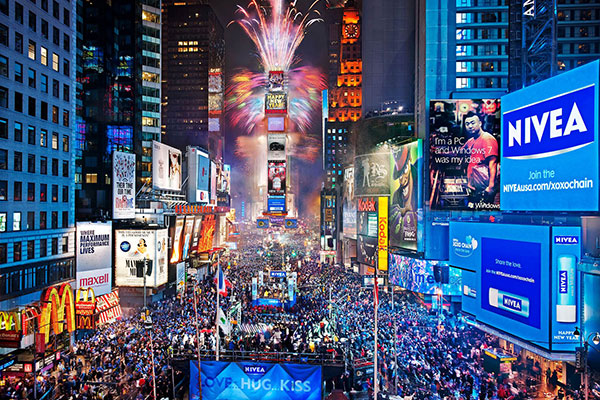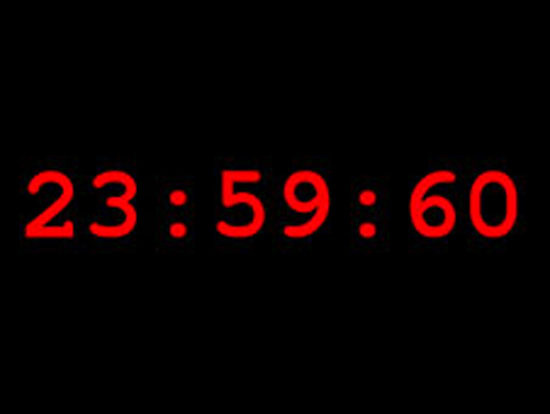If you happen to be one of those who engage in a group countdown to ring in the new year, add another second to that clock. The year 2017 will arrive a second late this year, as clock experts will compensate for a slowdown in the earth’s rotation.

Scientists will introduce a “leap second” after 23:59:59 on December 31, 2016. As a result, clocks striking 00:00:00 will actually be recording a time of 23:59:60 — midnight being delayed by a second. This will be the 27th time NPL (National Physical Laboratory), the birthplace of atomic time will bring in a leap second to ensure that time based on the Earth’s rotation matches the time kept by atomic clocks. The additional seconds are added because of unpredictable changes in the speed at which the planet turns on its axis, which happens every two or three years. The last time an additional second was added to clocks was in June 2015.
Peter Whibberley, senior research scientist with NPL’s time and frequency group, said: “Atomic clocks are more than a million times better at keeping time than the rotation of the Earth, which fluctuates unpredictably. Leap seconds are needed to prevent civil time drifting away from Earth time. Although the drift is small — taking around 1,000 years to accumulate a one-hour difference — if not corrected it would eventually result in clocks showing midday before sunrise.”

Such introduction of leap seconds makes it difficult to maintain communication networks, financial systems and other applications that rely on precise timing, as the adjustment has to be made manually for them to function correctly.



